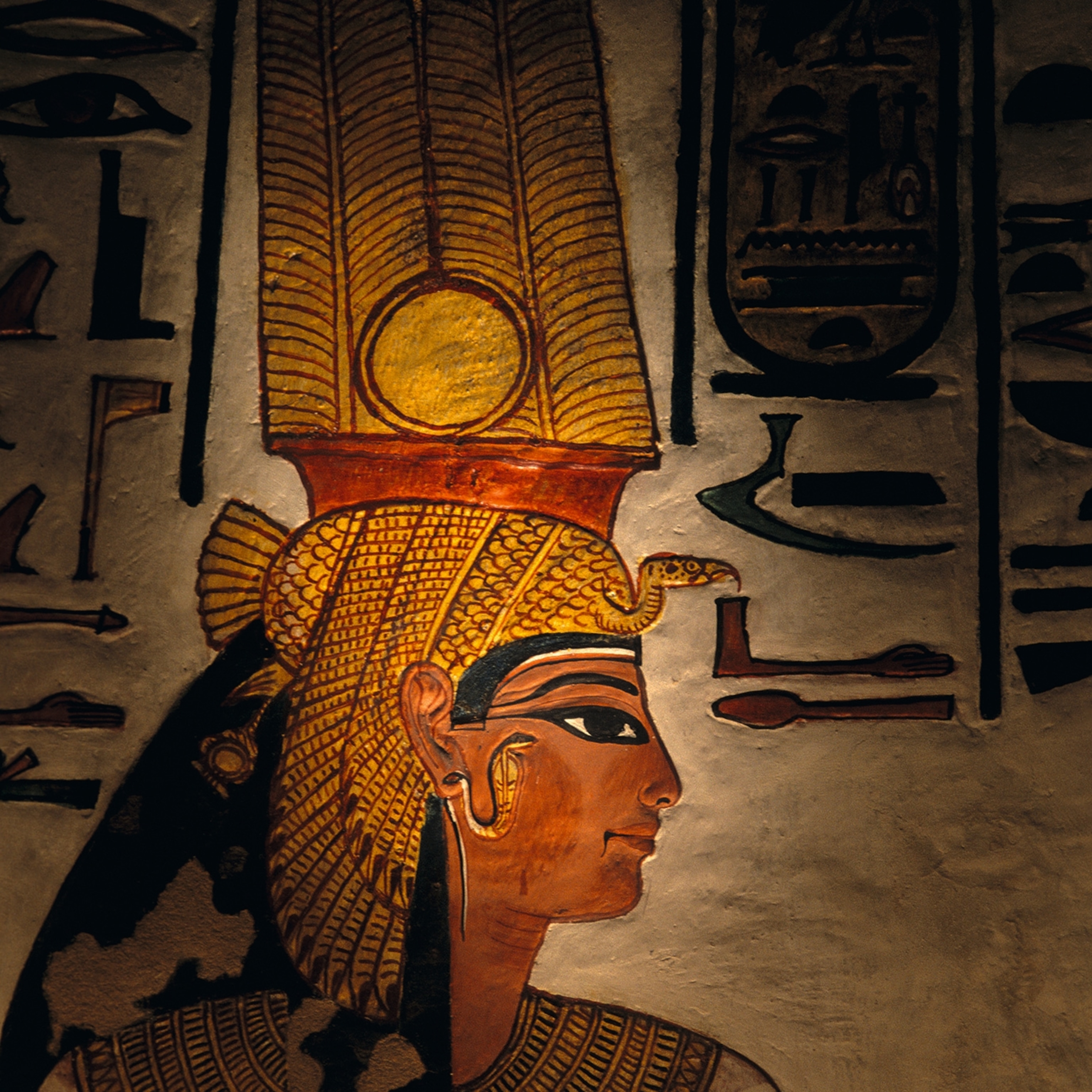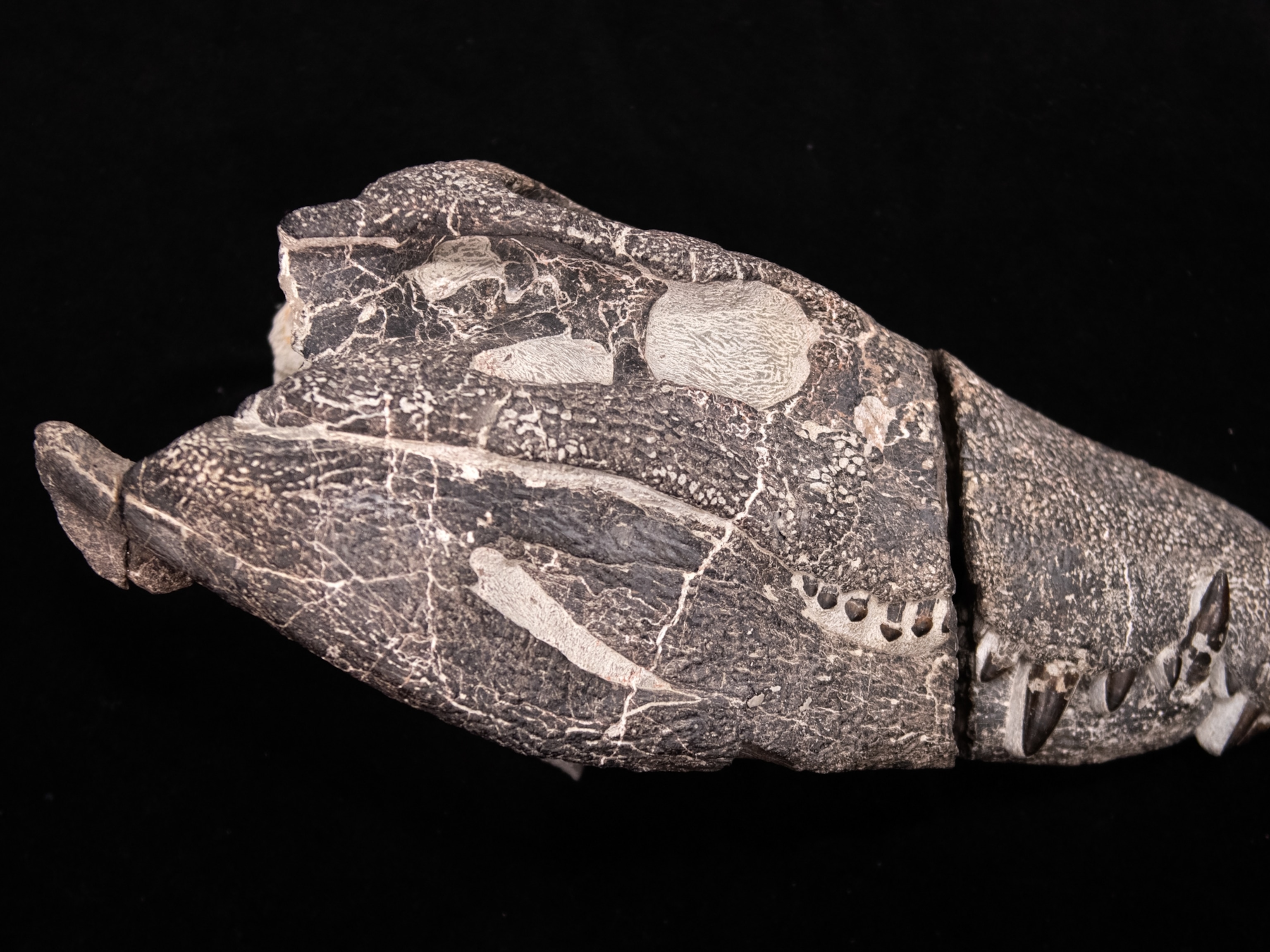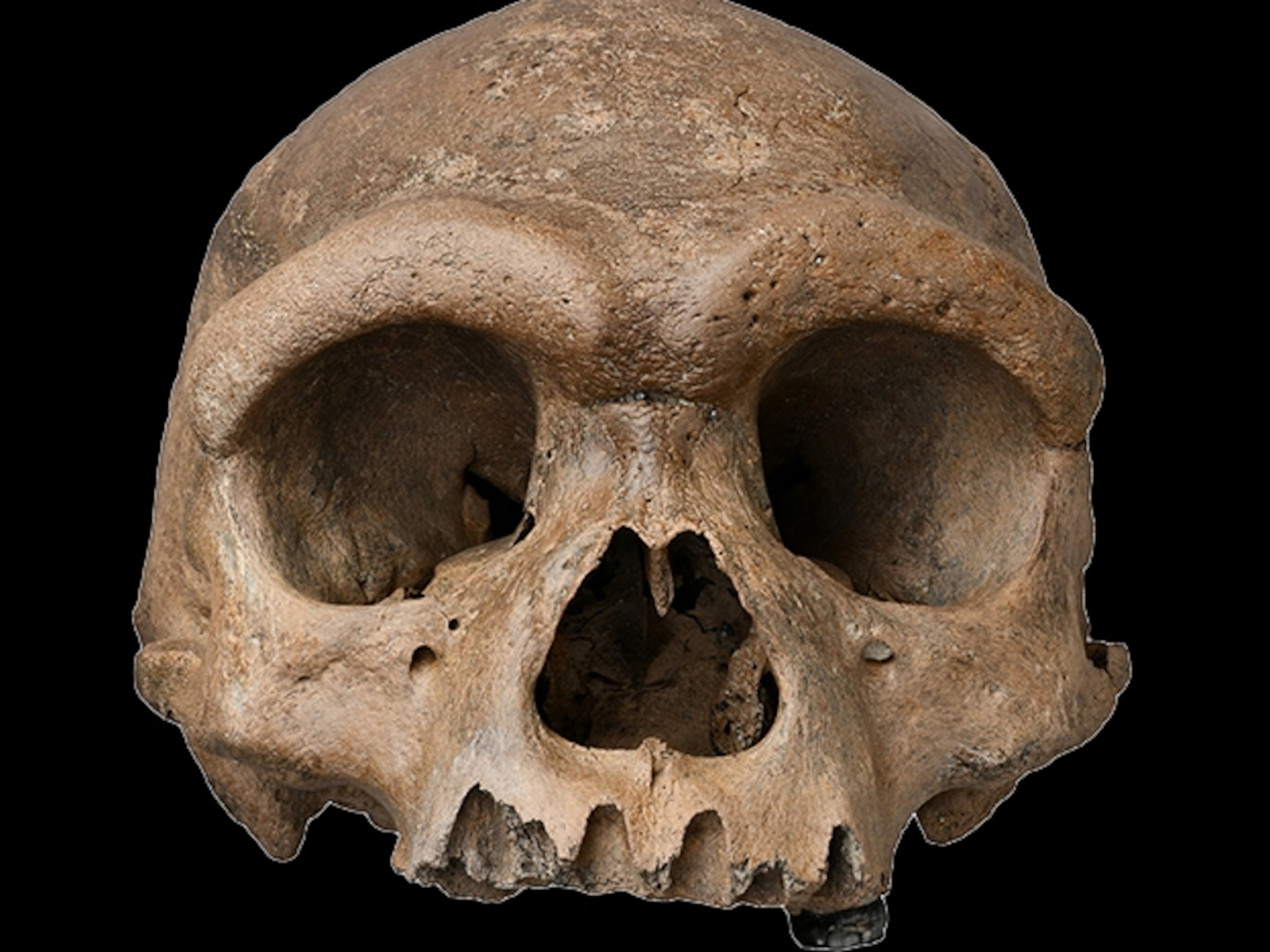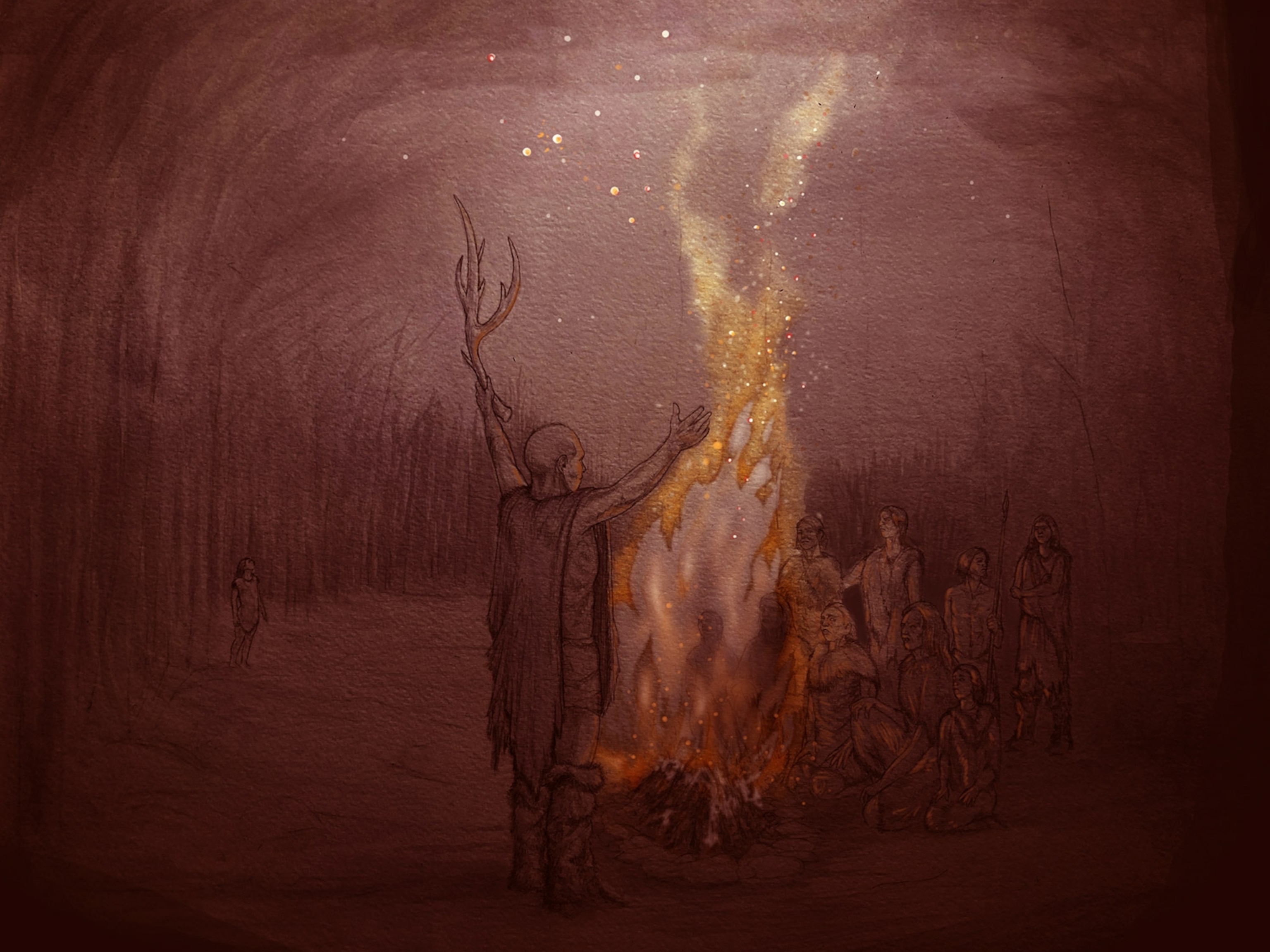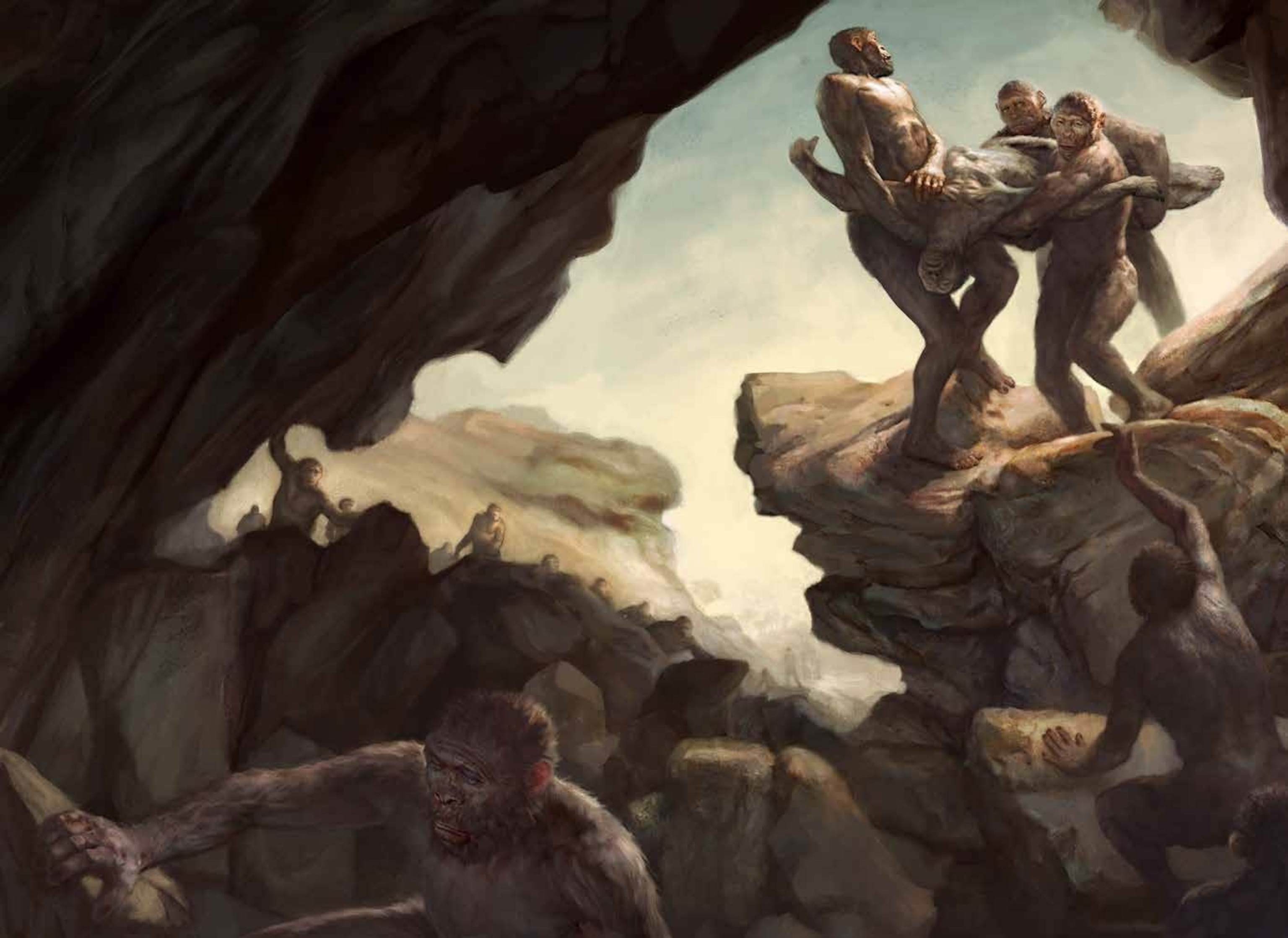
Mystery Lingers Over Ritual Behavior of New Human Ancestor
A newly found human ancestor may have deliberately disposed of its dead, a behavior that may not be unique to us.
Sherlock Holmes’ creator might have called it “The Case of the Precocious Pinheads.”
Of all the mysteries surrounding the new human ancestor revealed last week, the one sure to grab the attention of fiction’s most famous detective is how 1,550 bones of the tiny-brained species Homo naledi could have ended up in the remote South African cave where they were found. The chamber is a football field’s length from the cave’s entrance, past two nauseatingly tight passages, the second one a 40-foot vertical drop only eight inches wide in places.
The singular purity of the site—there is nothing but fossils of H. naledi in the cave—defies all conventional explanations for how bones get into caves. There are no tooth marks on the bones that would suggest a nimble-footed predator carried them in—and what kind of carnivore eats only human ancestors? If there had been an opening to the surface during the time of Homo naledi, it would have allowed rocks, rubble and other animals to tumble in too—likewise water carrying the bones in over millennia, which would also scatter body parts. Some anatomy, such as the hand of Homo naledi, is complete, the bones lying more or less in the position they had in life.
After you’ve eliminated impossible solutions, Holmes counseled Dr. Watson, then the improbable one must be true. The researchers suggest the last theory standing is that other H. naledi journeyed through the cave’s dark passages, their way possibly lit by fire, and deliberately put the bodies there over a long period of time. Some scientists, however, think that explanation goes far beyond what the evidence supports.
“Mortuary ‘rituals’ wherein pinheads regularly dispose of corpses makes a better headline than ‘we don't yet have a clue,’” William Jungers, a paleontologist at the State University of New York, Stony Brook, told National Geographic.
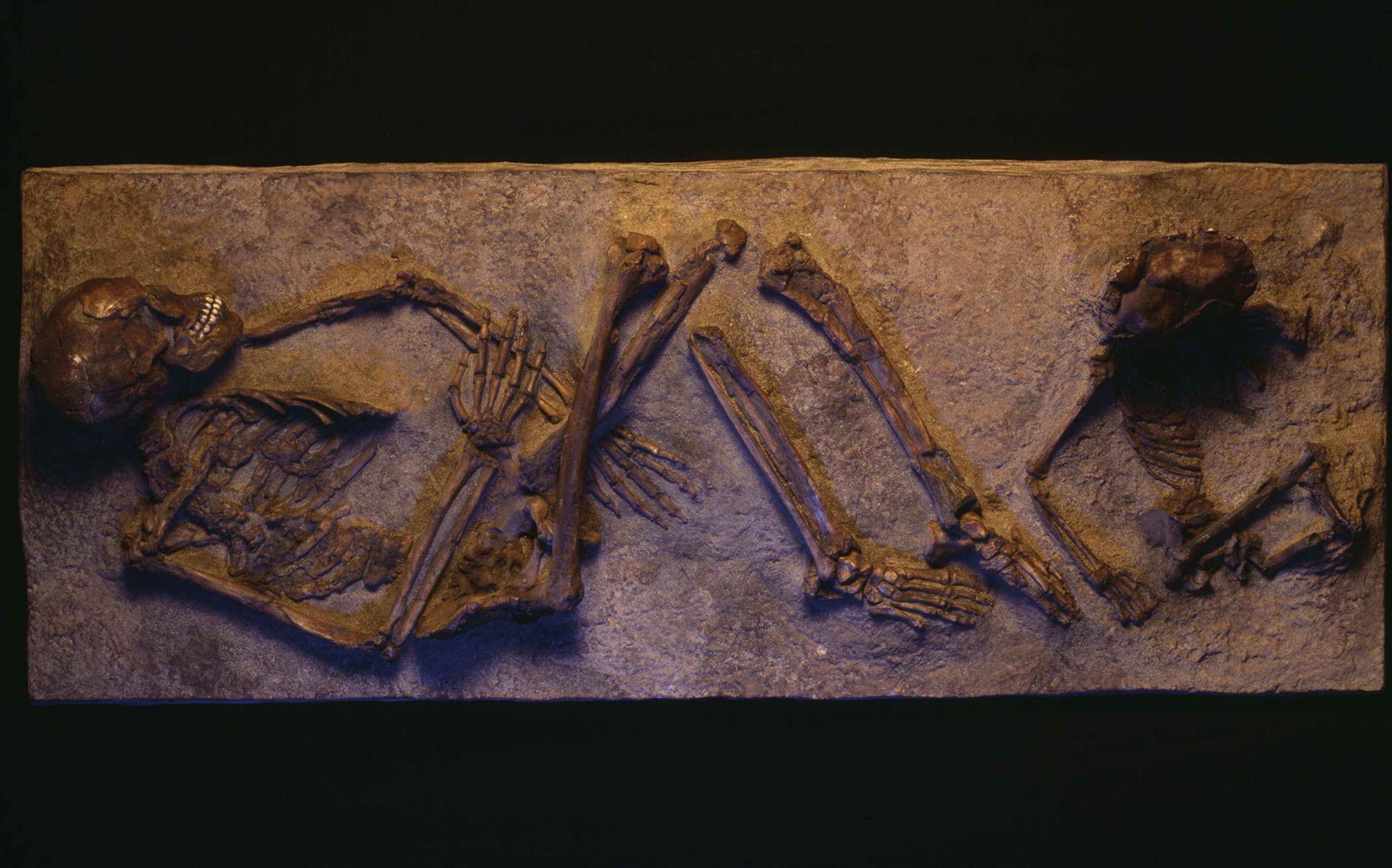
Ancient Burials
While one has to wonder why H. naledi individuals would go to such lengths to dispose of their dead, other hominins, or human ancestors, are known to have treated their dead in a ritualized way. And many animals also respond to death with a specific set of behaviors. Considering those contexts, H. naledi’s habits might not be so odd.
Neanderthals, who lived alongside Homo sapiens for hundreds of thousands of years, almost certainly buried their dead; archaeologists have unearthed what could be evidence for funerary behaviors at dozens of sites throughout Europe and the Middle East. The oldest confirmed burial took place at Tabun Cave in Israel, around 100,000 years ago, says paleoanthropologist Erik Trinkaus of Washington University in St. Louis. There, a Neanderthal woman was placed partially on her left side in a grave dug near the edge of the cave.
An older, disputed site is tucked into Spain’s Sierra de Atapuerca. Called Sima de los Huesos—the Pit of Bones—it contains the roughly 400,000-year-old remains of nearly two dozen hominins—perhaps Homo heidelbergensis—but it is unclear whether the site represents deliberate treatment of corpses, or an unfortunate mishap.
Humans and our closest ancestors, however, are not the only species to recognize and respond to death in specific ways. “Apes have an understanding that death is irreversible,” says primatologist Frans de Waal of Emory University. When they see a dead group member, “they’re affected by it and they watch over it and sometimes try to revive it, touch it, and groom it.”
Mourning behaviors are common in chimpanzees. Animals will stop eating, observe a corpse in silence, and even carry dead infants for days or weeks. Moving bodies or burying them is not a typical primate behavior, de Waal says, perhaps because most primates don’t stay in one place for long. “Now, if you live in a settlement where 50 other people live, you can’t just leave a corpse there,” he notes.
Elephants have occasionally been observed covering corpses—both elephant and human—though it’s a less common response than tending to their dying and dead. Indeed, elephants are one of the species that seems most affected by death, and will often stand quietly near carcasses, even from different families.
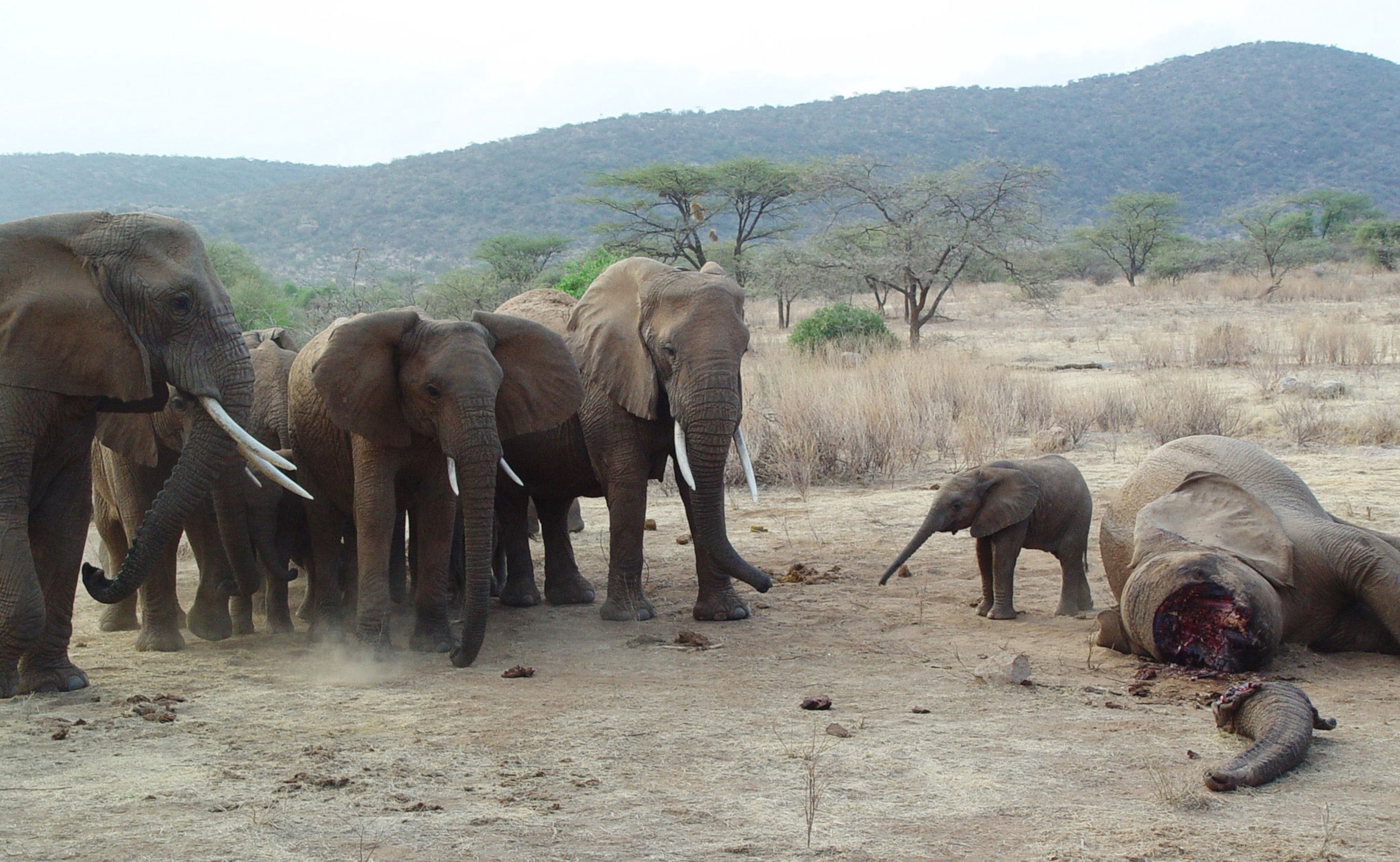
Elephants “have a sense, an understanding—enough of an understanding—of death to recognize where that comes from,” says Joyce Poole, who co-founded the ElephantVoices project. Once, she observed elephants stopping to touch a skull months after the individual, a prominent female, died; in fact, so many elephants visited the skull that they carved trails into the landscape.
But it’s not just elephants and primates that mourn death, de Waal notes. “I think all animals that have attachments, they are affected by the death of somebody else.”
Good Housekeeping
It’s not just emotional responses to death that are found in the animal kingdom; there are quite a few examples of practical responses as well. Burial and other funerary behaviors are common in social insects—such as ants, honeybees, and termites—that live in crowded colonies and are fastidious about maintaining a hygienic home. Some corpse management strategies are simple, such as removing dead bodies from the hive or eating them. Others are more complex, with some ants placing corpses in specialized chambers, and some termites burying their dead.
But as complex as they are, those systems rely on automatic responses to chemical cues, fundamentally different from mammals' suite of behaviors. “Among social insects, the treatment of the dead is just an instinctive behavior,” says behavioral ecologist David Hughes of Pennsylvania State University. “In the case of ants, it is possible to put a dead smell on a live ant and all the other ants think it dead. This is not so for elephants.”
Even among humans, funerary behaviors are varied and complex. Some people bury their dead, others prefer cremation, and some even leave corpses to be scavenged. But we all remove corpses from the places where we live. So as surprising as it might be for a small-brained hominin to select a remote disposal site, light up the cave’s passages, and repeatedly deposit its dead there, the behavior could make a lot of practical sense.
“These discoveries are telling us that [it] isn’t as hard as we thought to exhibit some kinds of human behaviors. It’s within the reach of simpler, more primitive creatures,” says paleoanthropologist John Hawks of the University of Wisconsin–Madison. "There may be more than one way to be human-like."
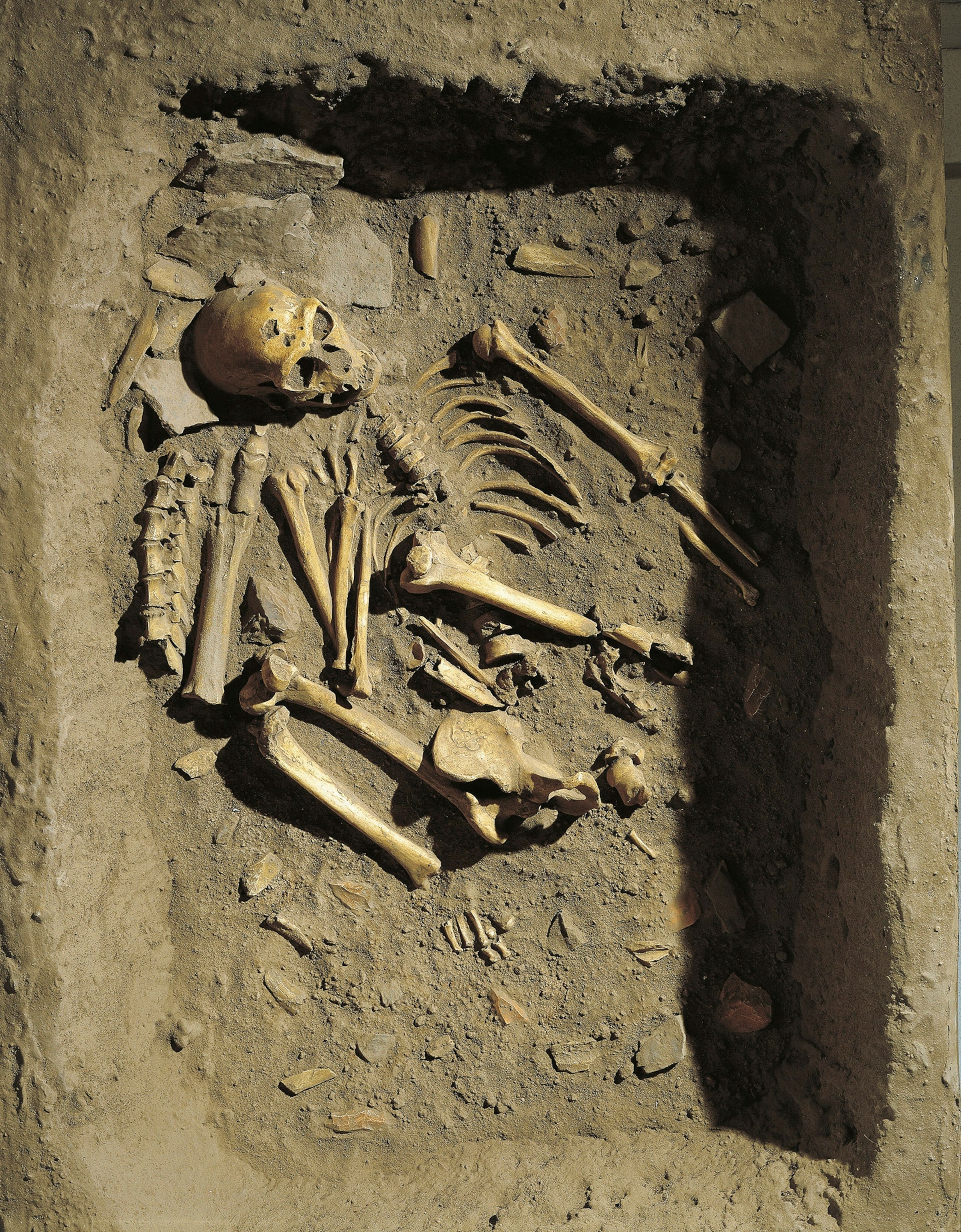
Follow Nadia Drake on Twitter and on her blog at National Geographic's Phenomena.
